The Last of Us is one of the most critically acclaimed video games of all time. By that measure, a live-action adaptation was never going to be easy. An early attempt at making a movie based on the game fell apart quickly, but thankfully it was for all the right reasons. In that case, studio mandates would have transformed The Last of Us into something more about the action and less about the quieter character moments. Thankfully, HBO’s adaptation from series co-creators Craig Mazin and Neil Druckman opted for the opposite. The series premiere is a slow-burn, character-driven pilot that sets the stage for a stunning first season that stays loyal to the video game in all the right ways.
Straight away from the cold open, it’s clear that this video game adaptation wants to set itself apart from the rest. The structure of the first episode has Mazin’s fingerprints all over it. Having taken over directing duties for the premiere episode, The Last of Us feels like a spiritual successor to Mazin’s previous series, Chernobyl. Much of the focus in the first episode is the everyday life of Joel and his family in Austin, Texas. The jump from video games to television series will undoubtedly give The Last of Us much more breathing room for its characters. The pilot, titled “When You’re Lost in the Darkness,” is a clear example, as it follows Joel’s daughter Sarah (Nico Parker) for much longer than the original game.
READ: ‘Missing’ Review: “Peak Found Footage”
The cast feels like pitch-perfect casting. Pedro Pascal brings his world-weariness to Joel, and Gabriel Luna as Tommy brings a different vigor and energy to the role than expected. This isn’t a 1:1 recreation of the game — instead, it uses the capabilities of the medium to re-tell the story in a new and exciting way. The atmospheric horror Mazin brings in the subtle details hours before the outbreak also ensures The Last of Us isn’t short on horror. When all hell breaks loose, the game’s best moments are shown in a new and tragic light, and the story of The Last of Us can truly begin.
The production is impressive, especially once the story fast-forwards 20 years. The post-apocalyptic world, now set in the current year of 2023, is created in stunning detail. Moreover, the Boston Quarantine Zone is brought to life thanks to immersive production design. In this section of the pilot, more character dynamics come into play. Anna Torv’s Tess is briefly introduced, and her relationship with Pascal’s Joel feels sweet but somewhat distant. Finally, Bella Ramsey as Ellie makes their debut, and the actor is brimming with confidence in the role. Every story beat from the early parts of the game is introduced methodically with “When You’re Lost in the Darkness,” showing how far a fundamental understanding of themes can take an adaptation.
By the end of the extended runtime of the first episode, there’s a sense that the creative team behind The Last of Us has figured out this adaptation. Not only does it stick close to the source material, but it also expounds upon it in new and exciting ways. The series is clearly a labor of love from its creators, with a mix of action, horror, and heartfelt character work. Now that Pascal as Joel and Ramsey as Ellie have finally come together, it’s only up from here for HBO’s adaptation.
A long journey is ahead for the characters, and “When You’re Lost in the Darkness” is an excellent prelude for both old and new fans. There is a good chance The Last of Us won’t just go down as a great video game adaptation, but as one of the best post-apocalyptic shows made in recent memory. With eight episodes left, all viewers can do is endure and survive until next Sunday. – Ernesto Valenzuela

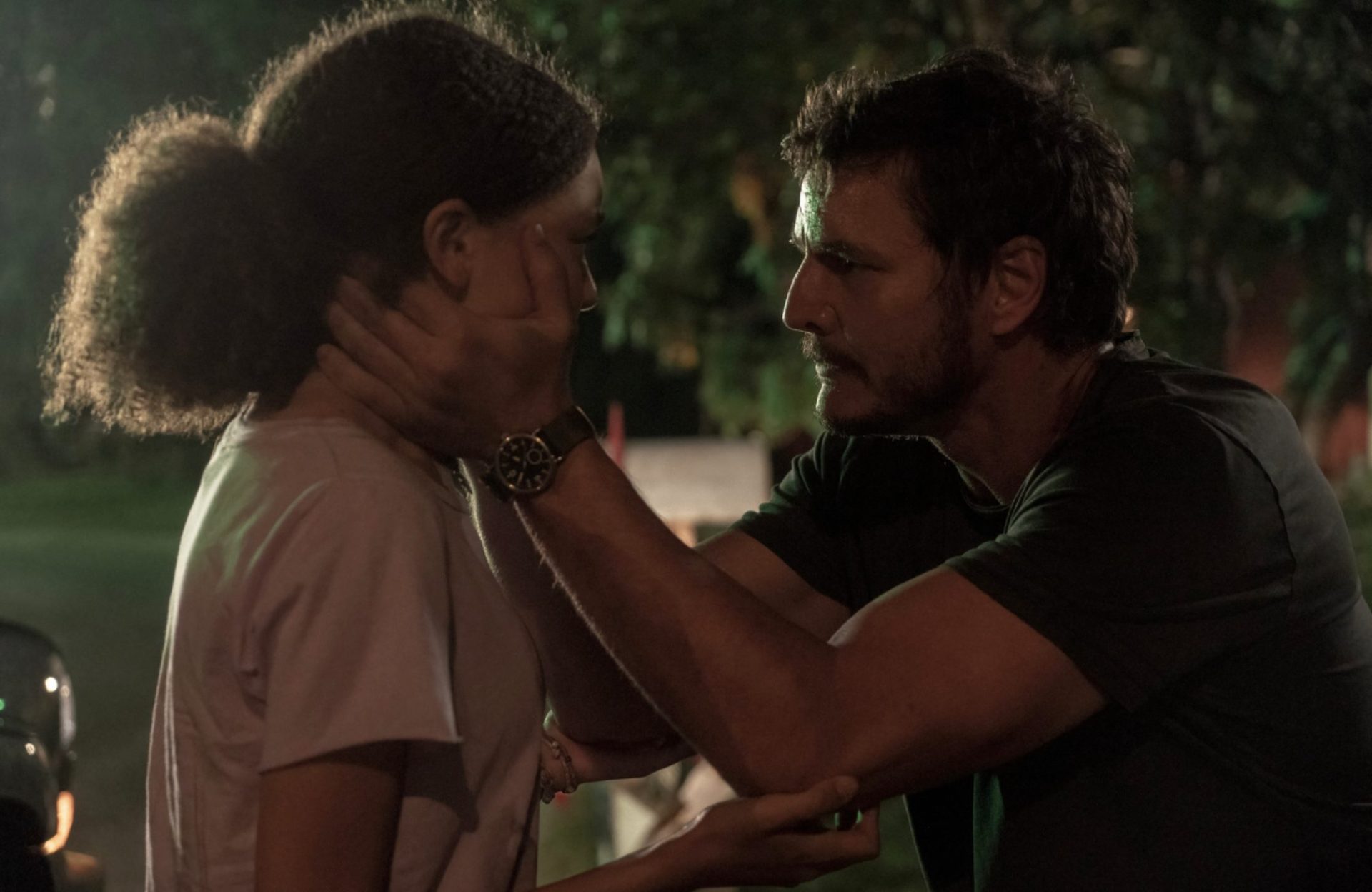
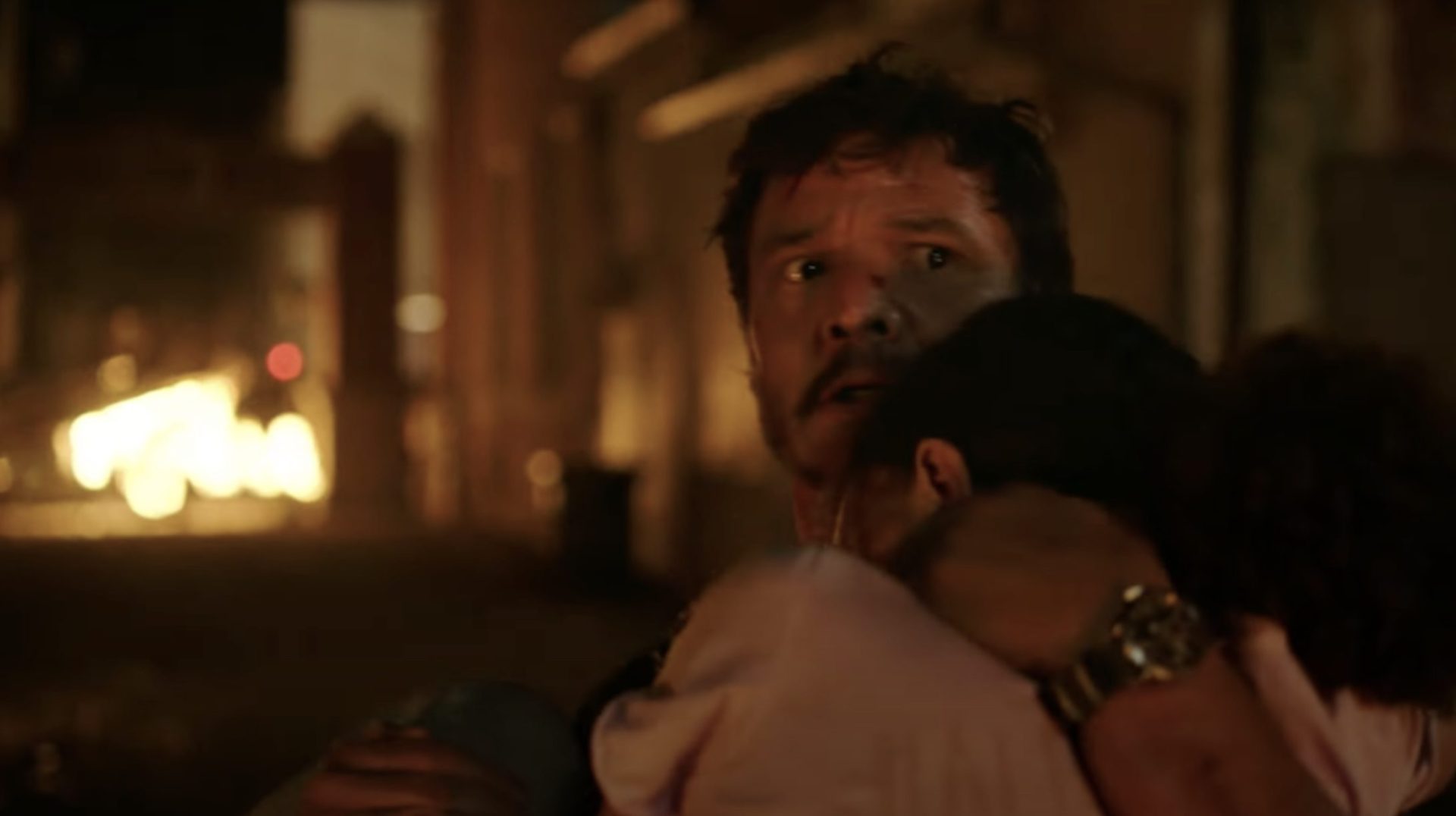
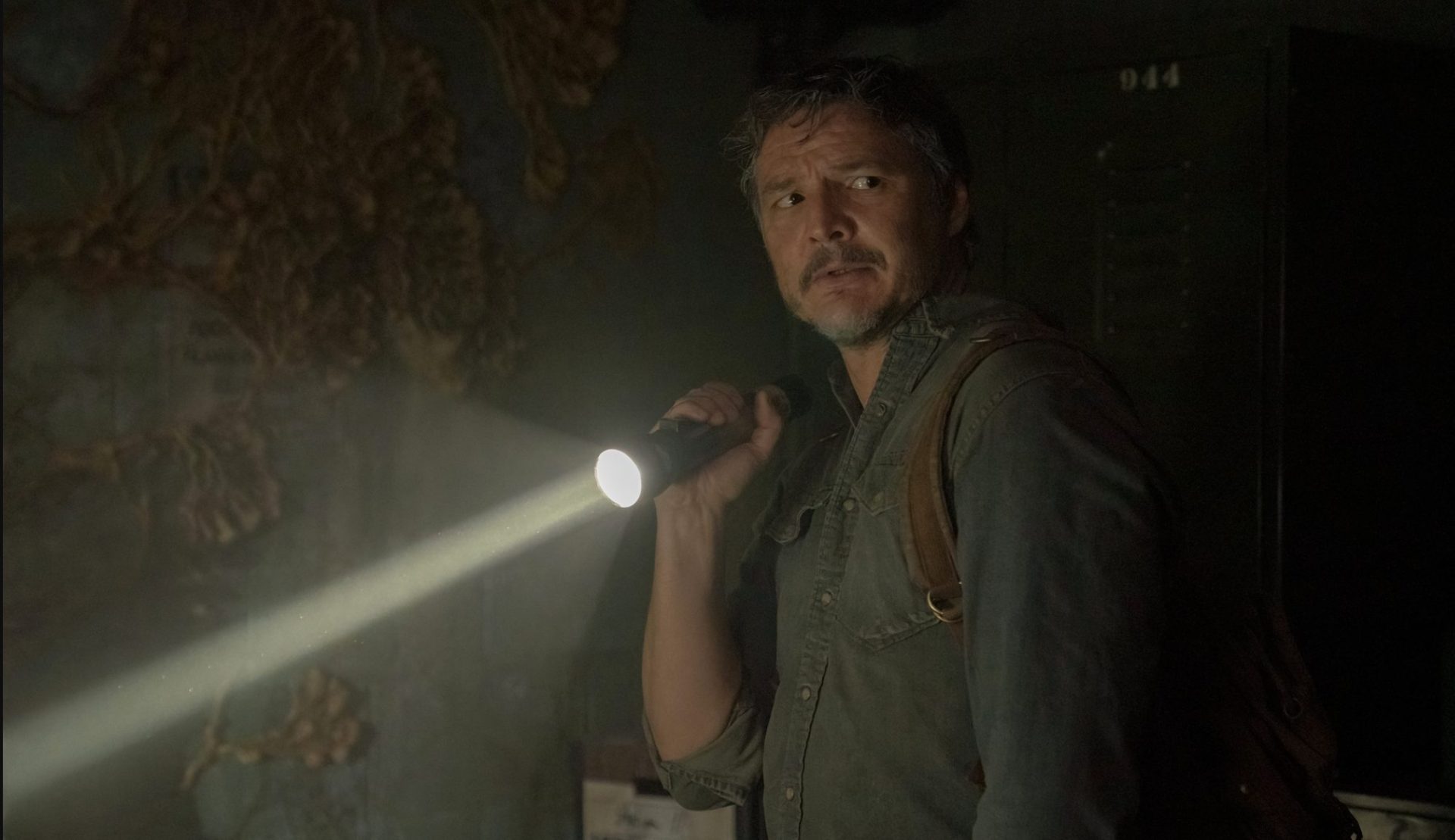
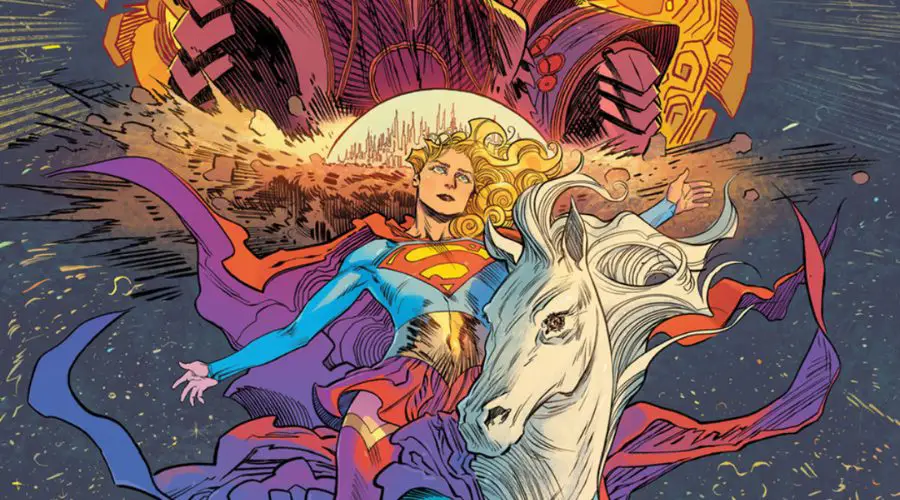
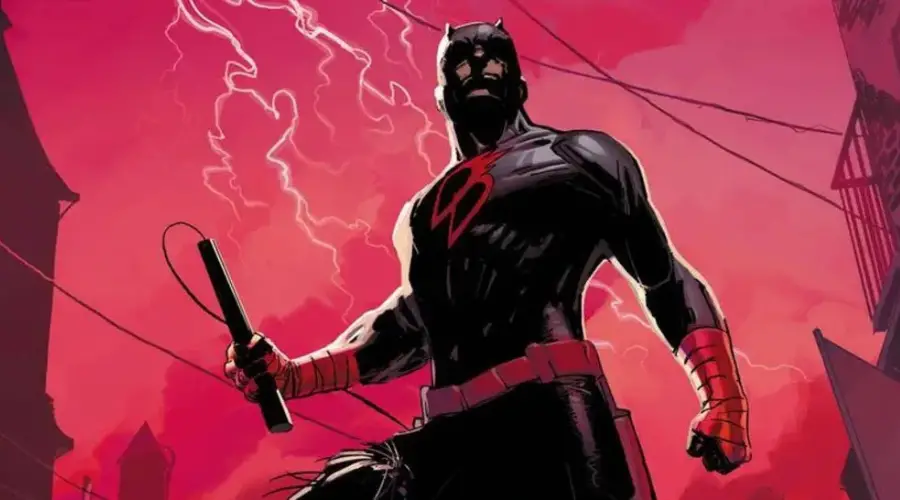
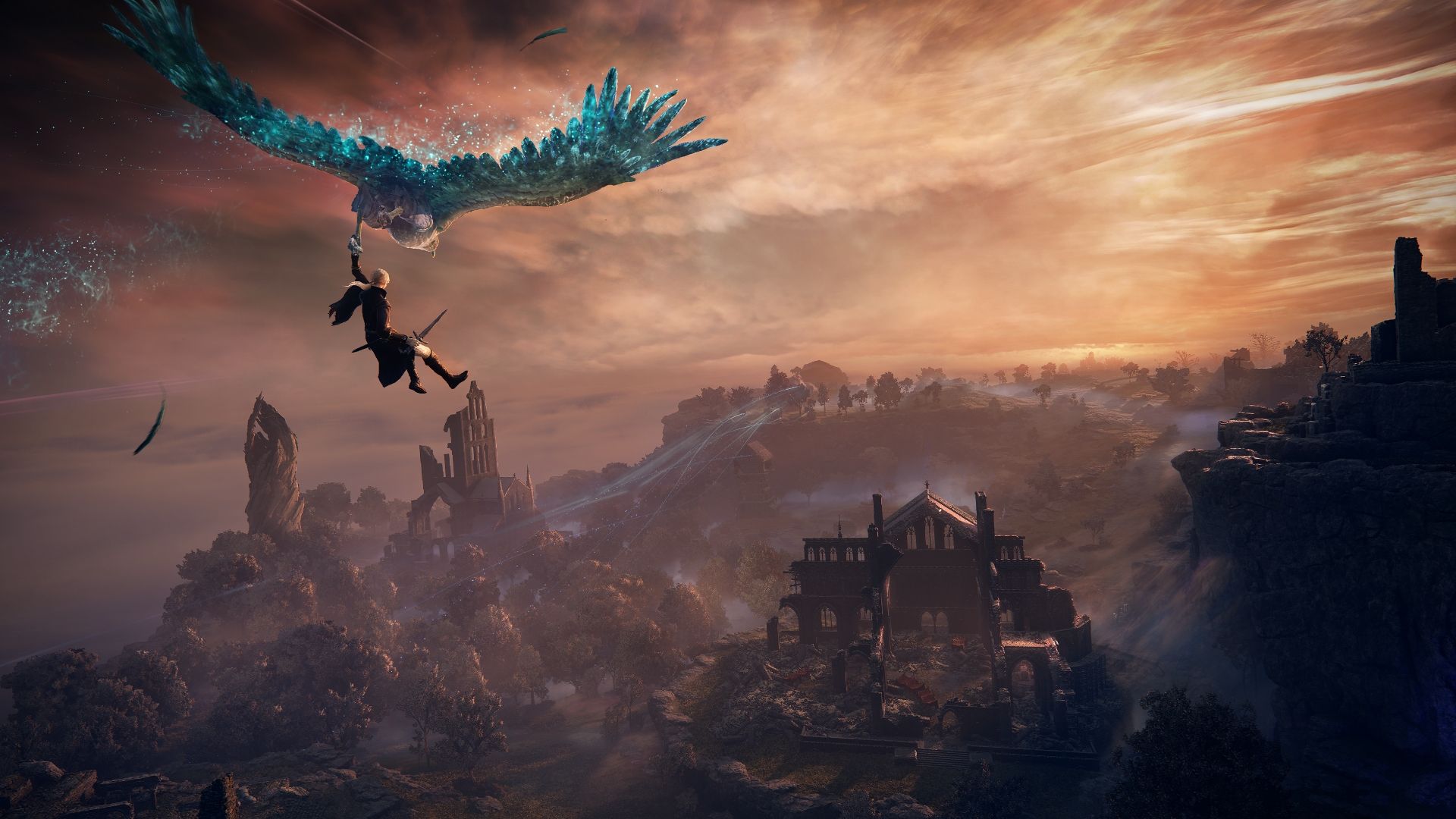

Leave a Comment